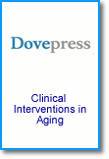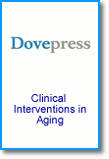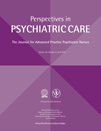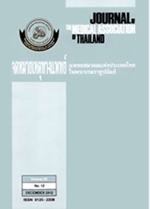PBS was developed by the San Francisco Psychotherapy Research Group (SFPRG)( Curtis J, et al. 1994) The PBS was later modified as self-reporting questionnaires with all statements remaining the same. It totaled 54 statements with three possible responses(Setiati, et al., 2011). The PBS asked the respondents to rate whether or not they agreed with that particular statement. The respondents could choose to answer “no” (1), “uncertain” (2), or “yes” (3), in contrast to a 5- or 6- point Likert scale used in other studies( Silberschatz et. al, 2016; Sammet et al , 2007).
In terms of psychometric properties, the PBS showed an excellent internal consistency, with a Cronbach’s alpha coefficient of 0.92 (George Silberschatz & Doorn Aafjes-van, 2016), and being demonstrated as a unidimensional model (A Neelapaijit et al., 2017). The PBS is shortented to 27-item version using Rasch analysis. It showed that 27 of the 54 items met the criteria of the Rasch measurement model, i.e., no misfitting items, no local dependence, and the 27 items demonstrated unidimensionality, and substantial person and item reliability (both greater than 0.80). Test-retest reliability for the two week interval calculated by intraclass correlation coefficient was 0.65 (p < .001) which indicated moderate reliability(Koo & Li, 2016).
History (Thai version):
PBS Therapist version, 54 item, 7-rating : 2009
PBS-SRv2, Self-report version, 54 item, 3 -rating (Yes, No, not sure): (Wongpakaran et al., 2010)
PBS-SRv3, Self-report version- extended version, 54 item, 3 -rating (Yes, No, not sure), impact on life : (Wongpakaran et al. Feb13,2013)
PBS-SRv4, Self-report version- extended version, 27 item, 3 -rating (Yes, No, not sure), impact on life : (Wongpakaran et al., Sep11,2019)
PBS-27 PBS - 27 SR IV.pdf : (Wongpakaran et al., 2020) https://pubmed.ncbi.nlm.nih.gov/32382682/












